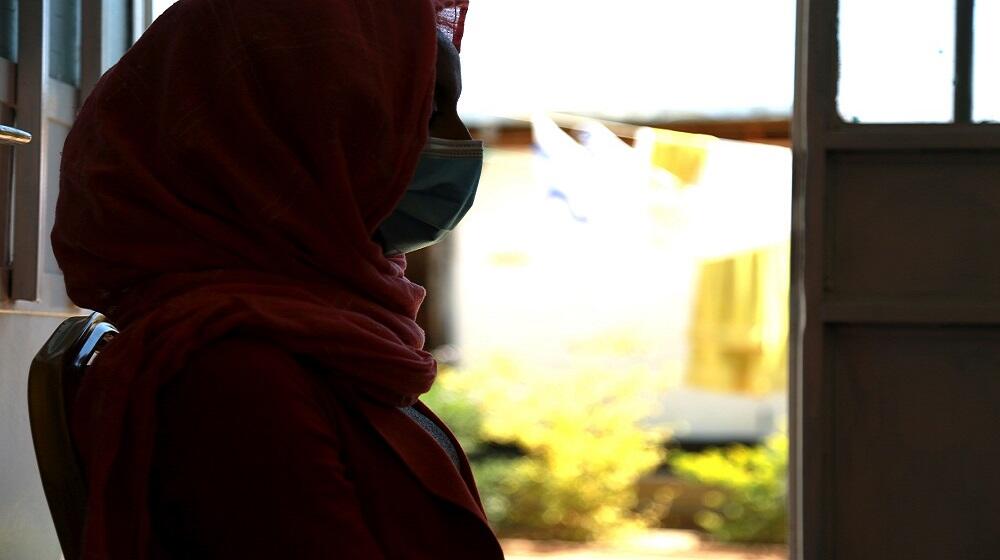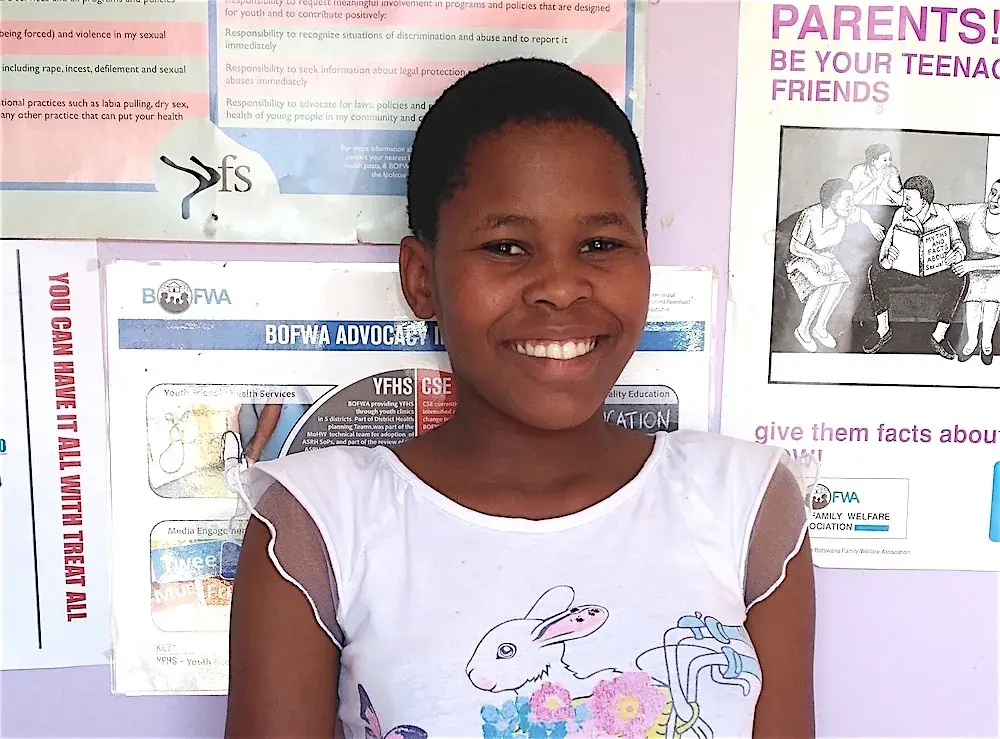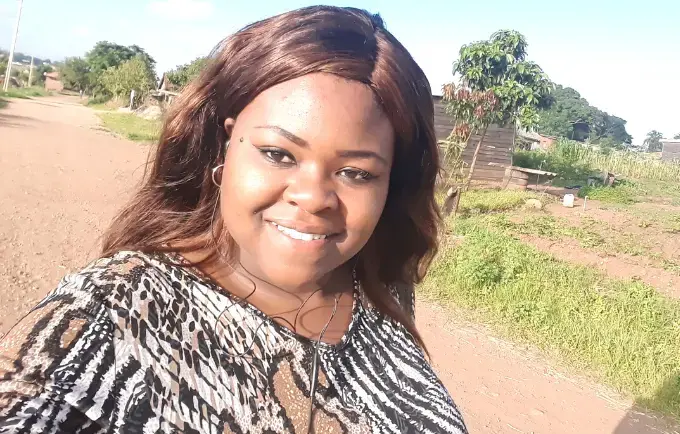Blog by Dr. Julitta Onabanjo, Regional Director
As the fighting intensified, Hiwot fled.
The heavily pregnant Hiwot had escaped from her neighbourhood in Ethiopia’s embattled Tigray region alongside her husband. Together they would spend three days walking and hitching rides to a site for internally displaced people in Gondar. “When you think about your future, you never plan to be uprooted from the comfort of your home and find fragile safety in a tent,” she now recounts.
The testimonies of women like 24-year-old Hiwot are important to hear. During crises, the already hushed voices of women and girls are often completely stilled. And as Nigerian author and gender activist, Chimamanda Ngozi Adichie, recently conveyed during the University of Cape Town Vice-Chancellor’s Open Lecture – “The Idolatry of Theory; a defence of storytelling”, it is these stories of women that “spark vision” and “make change possible”.
Throughout my time as Regional Director for UNFPA in East and Southern Africa, I have been most touched by the experiences related by women and young people in crisis settings. From the young women in Madagascar’s Grand Sud, scraping together what little seeds they can find to feed their children; to the young girls in a resettlement camp in Mozambique’s Cabo Delgado playing with the soil during the day and sleeping on the same at night. From the grandmother in a UNFPA-supported women’s and girl friendly safe space in Ethiopia’s Gambella refugee camp who whispered to me her desire to see her grand-daughter educated; to the brave little girl waiting patiently and apprehensively for a fistula repair in the general hospital in Bentiu, South Sudan. I have listened attentively to each story and I have been affected by them all.
Their unique, personal stories offer a glimpse into the lived experiences of women and girls in the region. They offer key insight into how UNFPA’s efforts can meet their needs at a time when development gains from the past two decades are under threat.
Prior to the onset of COVID-19, the humanitarian system was already overstretched with response to climate-related crises and other emergencies.
And as the pandemic continues to spread, the endemics of inequality, gender-based violence, climate-related catastrophes, societal divisions, injustices and poverty, have only become more visible. The socio-economic fallout of the pandemic has added to a steadily growing global humanitarian crisis. 235 million people across the world will need humanitarian assistance this year alone, almost a 40 per cent increase from 2020. The East and Southern Africa region has not been spared. Close to 50 million people need humanitarian assistance, among them about 3.2 million refugees, 9 million internally displaced people, and 4.2 million migrants.
The ongoing armed conflicts in Ethiopia and Mozambique, and the protracted conflict in the Democratic Republic of the Congo, continue to foster displacement, the devastation of livelihoods and the loss of life. As these battles rage, the increasingly substantial effects of climate change are compounding risks and exacerbating vulnerabilities.
Angola and Madagascar have borne the brunt of crushing drought, while flooding, cyclones and tropical storms, which are expected to worsen in coming years, continue to batter countries in Southern Africa. These extreme weather events, made worse by desertification and pest invasions, have jointly exacerbated food insecurity, decimated livelihoods and in many instances, forced families to flee their homes.
Amid these emergencies, the sexual and reproductive health needs of women and girls do not stop. In fact, they are often intensified.
Pregnant and breastfeeding women and girls are more vulnerable during disasters due to their limited mobility and their increased need for food, water, hygiene supplies, and quality maternal health care services. The abrupt loss of medical support puts women and their babies at even higher risk. People who menstruate may no longer have access to menstrual health products or sanitation facilities. Young women and adolescent girls may also be at a greater risk of sexual violence, unintended pregnancies, and forced marriage.
Yet in crisis settings, sexual and reproductive health and rights are often side-lined. At a time when their safety and protection are paramount, the most marginalized and disadvantaged women and girls are not often prioritized, resulting in poor health and death.
Armed with the lessons learnt from the COVID-19 response, I now believe countries in the region have the opportunity to firm up their emergency preparedness, particularly by investing in strong health systems that are robust enough to maintain the existing level of services, identify new vulnerabilities occasioned by climate or conflict-related shocks, and ensure that sexual and reproductive health needs are fully integrated. Resources must therefore be channelled to human capital development, including leadership, supplies, equipment and data, to predict and detect potential crises.
A good place to begin fortifying health systems is the production and analysis of data, which can be used in early warning and vulnerability risk assessments. To this end, UNFPA supports countries as they seek to confirm that their population data captures the most crucial information on large population groups in a reduced amount of time and to identify the most significant "hotspots" where unmet needs exist.
By determining the scale of services required, countries must then work tirelessly to guarantee that at the onset of an emergency, women and girls have timely access to essential, good quality sexual and reproductive health services– from contraceptives, menstrual health and antenatal care, to preventing HIV infection and mitigating gender-based violence.
To meet these needs, UNFPA supports governments in the distribution of dignity kits that include menstrual products, basic hygiene items, and information on gender-based violence (GBV) prevention and survivor support. We also assist in the establishment of women and girl-friendly spaces and tents that offer mental health and psychosocial support, GBV case management, and educational and empowerment activities.
Innovative methods must also be employed to counter difficulties in reaching people in need during emergencies. Following a successful pilot programme in Botswana, for example, drone technology will now be used to deliver maternal health supplies and commodities in hard-to-reach communities often cut off due to seasonal road blockages.
However, it is important to note: during disasters, health facilities many times are part of the collateral damage and therefore in addition to facility based services, community-based approaches must also be prioritised to respond.
The rapidly warming continent has led UNFPA East and Southern Africa to squarely place climate change at the centre of our humanitarian efforts and to take the lead in developing the UNFPA value proposition on Climate Change. The proposition outlines four pillars connecting the promise of ICPD25 and the achievement of climate change adaptation and resilience. These pillars are: investing in healthy, empowered populations with a focus on women, girls and young people; creating climate-resilient health, protection and education systems; reducing risk by enhancing preparedness and strengthened emergency response; and building strong data systems for climate vulnerability and adaptive capacity.
The centrality of women and youth to community resilience was most stark during my recent visit to a resettlement village in Cabo Delgado, Mozambique. Many of the women and girls I met had fled their homes due to the insurgency without any possessions fearing for their lives as they witnessed fighting in their communities and residents killed, beaten, raped and abducted. Amina Daude, 25 years old, had travelled by boat to Pemba and “left with nothing – nothing at all,” yet she, and others like her, were ready to start rebuilding their lives by looking for work, going to school, and contributing to their new community.
Though painful to hear, Amina, Hiwot and the many stories I have heard instils in me an even stronger conviction for action and optimism. If we remain steadfast, we can hold onto the victories we celebrated at ICPD25 in Nairobi in 2019, and deliver on the commitments we made.
My sincere hope is that we heed the resounding code red of the climate crisis, the wake-up call of the COVID-19 pandemic, and the urgency of peacebuilding to mitigate violent conflict, and rise to the occasion by investing in the capacity of countries, communities and individuals to be resilient.
In doing so, we will protect the right to sexual and reproductive health especially for women and girls. In turn we will be ensuring the safety and well-being of all by guaranteeing women and youth the opportunity to participate in decision-making that affects their lives and humanity at large. And, most importantly, we will save lives now and for future generations.





